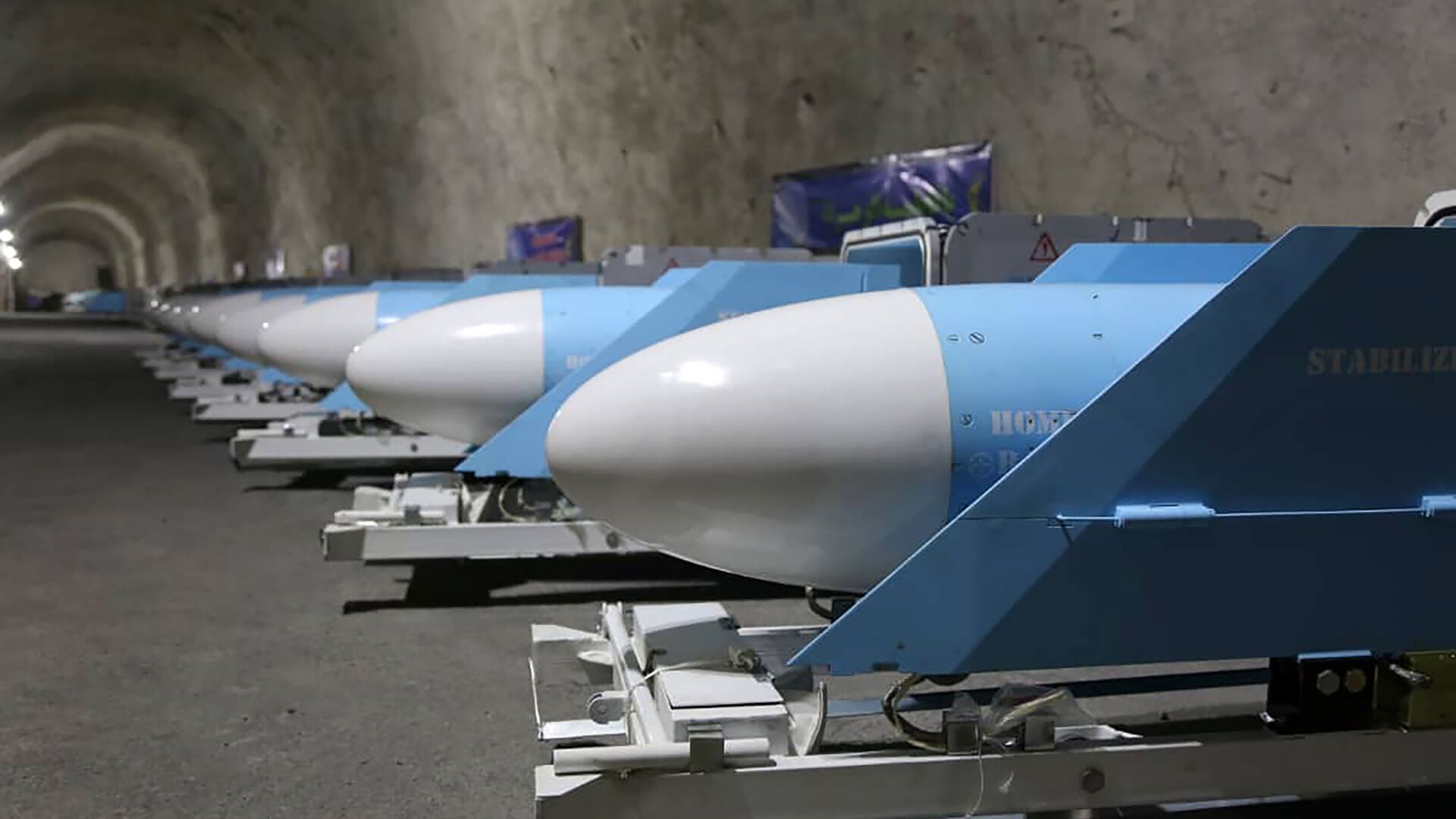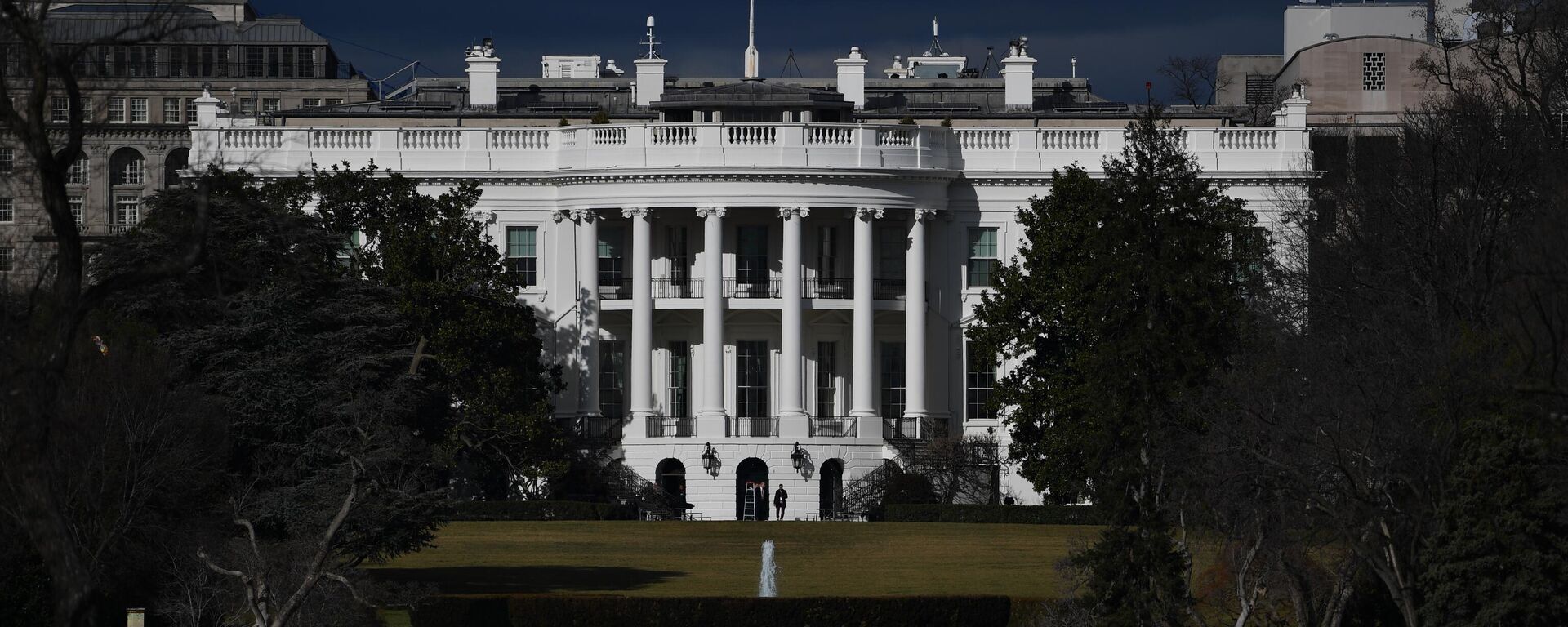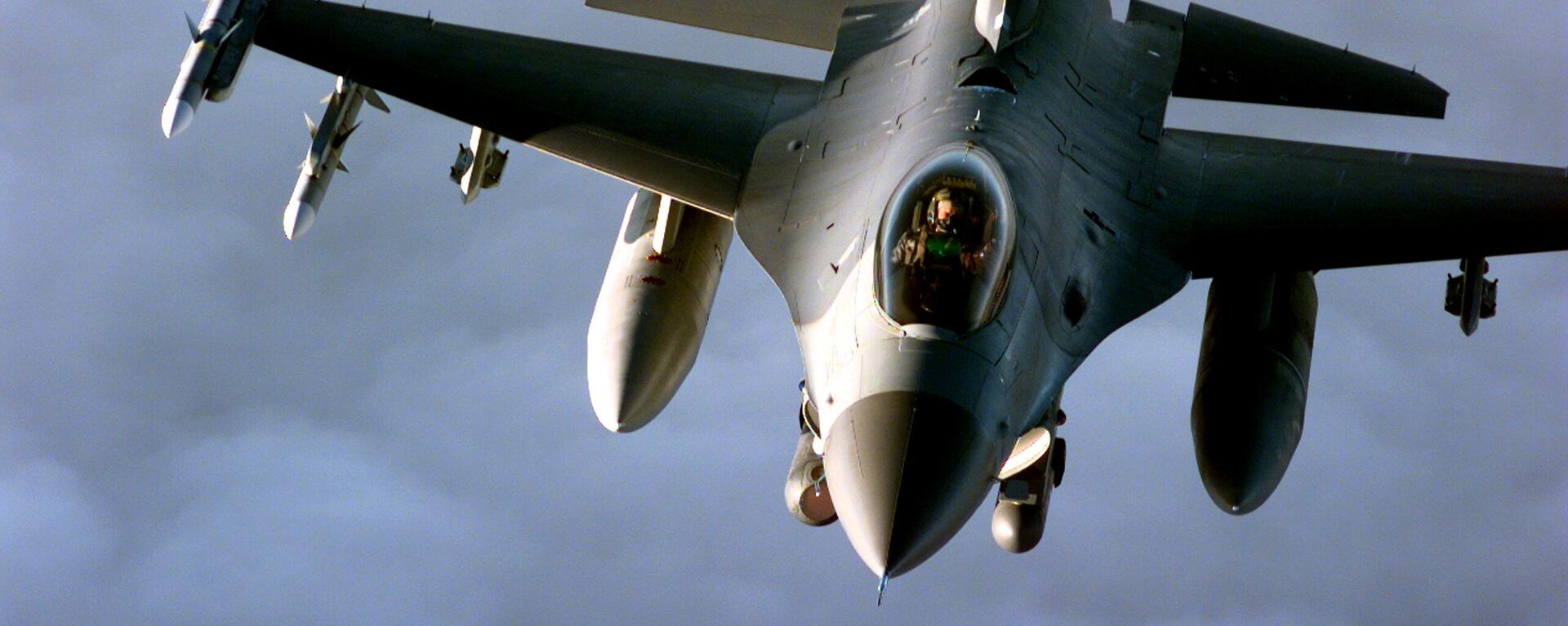https://sputnikglobe.com/20230717/iran-reserves-right-to-deterrent-measures-as-us-sends-f-16s-to-its-backyard-1111947688.html
Iran Reserves Right to 'Deterrent Measures' as US Sends F-16s to Its Backyard
Iran Reserves Right to 'Deterrent Measures' as US Sends F-16s to Its Backyard
Sputnik International
The Pentagon beefed up its Mideast garrison with F-16 fighter jets over the weekend, supposedly to “deter” Iran from seizing any more oil tankers. The Islamic... 17.07.2023, Sputnik International
2023-07-17T18:53+0000
2023-07-17T18:53+0000
2023-07-17T18:53+0000
world
iran
persian gulf
pentagon
deterrent
response
us
f-16
https://cdn1.img.sputnikglobe.com/img/07e5/03/0f/1082344945_0:160:3073:1888_1920x0_80_0_0_752ca5f9c9fef73bcfc870b9ae4de7ea.jpg
The deployment of additional US military assets in the Persian Gulf threatens to destabilize the region, and Iran has the right to take “deterrent measures” to respond accordingly, Foreign Ministry spokesman Nasser Kanaani has said.Washington’s "destabilizing and provocative" actions "could create new sensitivities in the region in the strategic sphere of the Persian Gulf and inflame insecurity and instability," the spokesman said.The Islamic Republic has one of the strongest militaries in the Middle East, and has proven repeatedly that it is prepared to use it to defend the nation’s interests, including against even the United States. In June 2019, Iranian air defense forces shot down a $220 million US spy drone after it violated Iranian airspace over the Strait of Hormuz. In January 2020, after Washington launched an unprovoked assassination strike against Qasem Soleimani, the IRGC Quds Force commander, Iran bombarded a pair of US bases in Iraq with about a dozen ballistic missiles, leaving over 100 US troops with traumatic brain injuries.On both occasions, Tehran also took steps to avoid unnecessary loss of life and further escalation, sparing a US spy jet flying near the destroyed drone in the 2019 incident, and providing Iraq with ample warning time ahead of the January 2020 strikes, with the likely knowledge that Baghdad would transfer the warning to Washington.F-16 DeploymentThe US deployed an unknown number of F-16 fighter jets to the Persian Gulf over the weekend, with an anonymous senior US military official suggesting the Pentagon’s increased “visibility” in the region would serve as a “deterrent” to prevent Iran from seizing any more commercial vessels. The official also pointed to growing tensions between US occupation forces in northeastern Syria and the Russian, Syrian and Iranian militaries, citing in particular “Russian aggression” in the skies over the Arab Republic.On Sunday, the Russian military reported a dozen US violations of a 2019 deconfliction deal by the US-led anti-terrorist coalition in the space of 24 hours, including violations of Syrian airspace by two F-16 fighter jets and an MC-12W reconnaissance aircraft in the at-Tanf area along international commercial air routes.The US set up an illegal garrison at at-Tanf in 2016, and built it up into a major training base where Damascus, Moscow and Tehran allege jihadist militants receive training for operations against the Syrian government.
https://sputnikglobe.com/20230716/white-house-focused-on-release-of-detained-us-citizens-rather-than-iran-nuclear-deal-1111927931.html
https://sputnikglobe.com/20230716/russian-military-says-us-led-coalition-breached-deconfliction-protocols-12-times-in-syria-1111927819.html
iran
persian gulf
Sputnik International
feedback@sputniknews.com
+74956456601
MIA „Rossiya Segodnya“
2023
News
en_EN
Sputnik International
feedback@sputniknews.com
+74956456601
MIA „Rossiya Segodnya“
Sputnik International
feedback@sputniknews.com
+74956456601
MIA „Rossiya Segodnya“
iran, persian gulf, pentagon, deterrent, response, us, f-16
iran, persian gulf, pentagon, deterrent, response, us, f-16
Iran Reserves Right to 'Deterrent Measures' as US Sends F-16s to Its Backyard
The Pentagon beefed up its Mideast garrison with F-16 fighter jets over the weekend, supposedly to “deter” Iran from seizing any more oil tankers. The Islamic Republic says its ship seizures have been related to illegal smuggling activities and attempts by foreign vessels to flee the scene of accidents involving Iranian fishing vessels.
The deployment of additional US military assets in the Persian Gulf threatens to destabilize the region, and Iran has the right to take “deterrent measures” to respond accordingly, Foreign Ministry spokesman Nasser Kanaani has said.
"Considering the control and capabilities of its armed forces in regard to navigation and aviation security in the Persian Gulf region, Iran reserves the right to make the necessary deterrent arrangements in compliance with the rules and regulations of international law, and will exercise its inalienable rights accordingly," Kanaani said in a press conference Monday.
Washington’s "destabilizing and provocative" actions "could create new sensitivities in the region in the strategic sphere of the Persian Gulf and inflame insecurity and instability," the spokesman said.
“Iran monitors with sensitivity and accuracy any illegal and unconstructive act that affects the security of the region, and it will…pay special attention to any provocative and illegal moves, especially near its borders,” Kanaani stressed.
The Islamic Republic has one of the strongest militaries in the Middle East, and has proven repeatedly that it is prepared to use it to defend the nation’s interests, including against even the United States. In June 2019, Iranian air defense forces shot down a $220 million US spy drone after it violated Iranian airspace over the Strait of Hormuz. In January 2020, after Washington launched an unprovoked
assassination strike against Qasem Soleimani, the IRGC Quds Force commander, Iran bombarded a pair of US bases in Iraq with about a dozen ballistic missiles, leaving over 100 US troops with traumatic brain injuries.
On both occasions, Tehran also took steps to avoid unnecessary loss of life and further escalation, sparing a US spy jet flying near the destroyed drone in the 2019 incident, and providing Iraq with ample warning time ahead of the January 2020 strikes, with the likely knowledge that Baghdad would transfer the warning to Washington.
The US
deployed an unknown number of F-16 fighter jets to the Persian Gulf over the weekend, with an anonymous senior US military official suggesting the Pentagon’s increased “visibility” in the region would serve as a “deterrent” to prevent Iran from seizing any more commercial vessels. The official also pointed to growing tensions between US occupation forces in northeastern Syria and the Russian, Syrian and Iranian militaries, citing in particular “Russian aggression” in the skies over the Arab Republic.
On Sunday, the Russian military
reported a dozen US violations of a 2019 deconfliction deal by the US-led anti-terrorist coalition in the space of 24 hours, including violations of Syrian airspace by two F-16 fighter jets and an MC-12W reconnaissance aircraft in the at-Tanf area along international commercial air routes.
The US set up an illegal garrison at at-Tanf in 2016, and built it up into a major training base where Damascus, Moscow and Tehran allege jihadist militants receive training for operations against the Syrian government.




